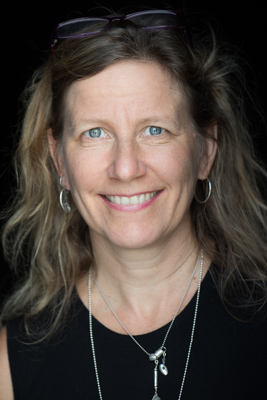Bio
Mixed Media & Community-Engaged Public Art
Professor of Visual Art, Creative Practice, and Art History
Academic and Arts Leadership.

I grew up in Charlotte, NC, but most of my childhood memories are of adventures barefoot and bareback on horseback in Galax, Virginia. I first considered Art, History and Ceramics seriously at West Charlotte High School. Attending UNC Chapel Hill as a Morehead Scholar, I studied Ceramic Sculpture under Xavier Toubes (now at the Art Institute of Chicago). I completed my PhD in Art History under the direction of Carol Mavor, on the human stories artists like Martin Johnson Heade and John James Audubon imply with their bird subjects, and have taught Art History and Ceramics to college students during and since that time. I am now professor of Art History and Creative Practice at the UNC School of the Arts in Winston-Salem. At any given time, you might find my art- and science- loving young adult son, or, when he’s not designing boats or kayaking, my sweetheart offering me sage advice in the studio, where I focus on series’ of large-scale sculptures unveiling Natural Science topics. Though I have lived most of my years in North Carolina, I have traveled extensively including in North America, Africa, Europe & Central America, travels which influence my work significantly.
Throughout my life, I’ve veered back and forth between Academia and Fine Arts, with each turn weaving the two strands more closely together. Teaching and study of Art History feed me the questions I ask in the studio, and my studio practices inform my pedagogy. Always a leader, in the last do
Artist Statement
Interpretive Sculpture allows me to bring together my love of malleable materials like ceramic and concrete—their plastic flexibility to become anything one can imagine and hold that form for centuries—with my commitment to making work that inspires curiosity, imagination, and learning. In recent years, responding to the need to bring more and more diverse voices into public art, I have committed my public art time to administering and facilitating art that has interpreted history and culture often left out of the telling, putting my own natural history and natural storytelling on hold until 2024.
I rely on careful research into history and science in order to create compelling and accurate interpretations of history and natural history. I aim to suggest, without spelling out, the imaginative freedom that kids inhabit, and invites adult viewers to recapture their childhood and construct their own narratives of play, disovery, empathy and learning. The increasingly proximate ravages of climate change have driven my work to focus on sculpture that engages climate topics. I’ll soon begin sharing works from two series underway now: Advance and Retreat, on species’ range change forced by Climate Change, and Reliquaries for Extinct Animals.
My works draw from sources as varied as the earliest recorded human toys (many of them animals on wheels!) from thousands of years ago in India, Egypt, Greece, and Persia; Nigerian sculptures showing a close intersection between human spirituality and animals; Franz Marc’s big, plunging, brightly colored Modernist animals and the 20,000 year old bulls of Lascaux cave that resemble them; the toys and stories that provided the riches of my own childhood; playground design by Isamu Noguchi; and deep, sustained observation and recording of the live animals from pets to predators that have populated my life and given wings to my imagination.
The great gift that animals give me as an artist is the one that they have provided artists of all kinds for centuries: when we write onto their furry, scaly, feathery bodies whatever narratives, thoughts, and spirits we want, they do not argue. Looking closely at (and touching, where appropriate!) animals help us see our humanity with new clarity. For this reason, animal actors fill the stages of our fables, fairytales and nursery rhymes, and the pages of the books that provided the stories of my own childhood. I embrace the ways that representing animals helps us understand our place in the ecosystems we inhabit and help us to understand our own responsibilities there.